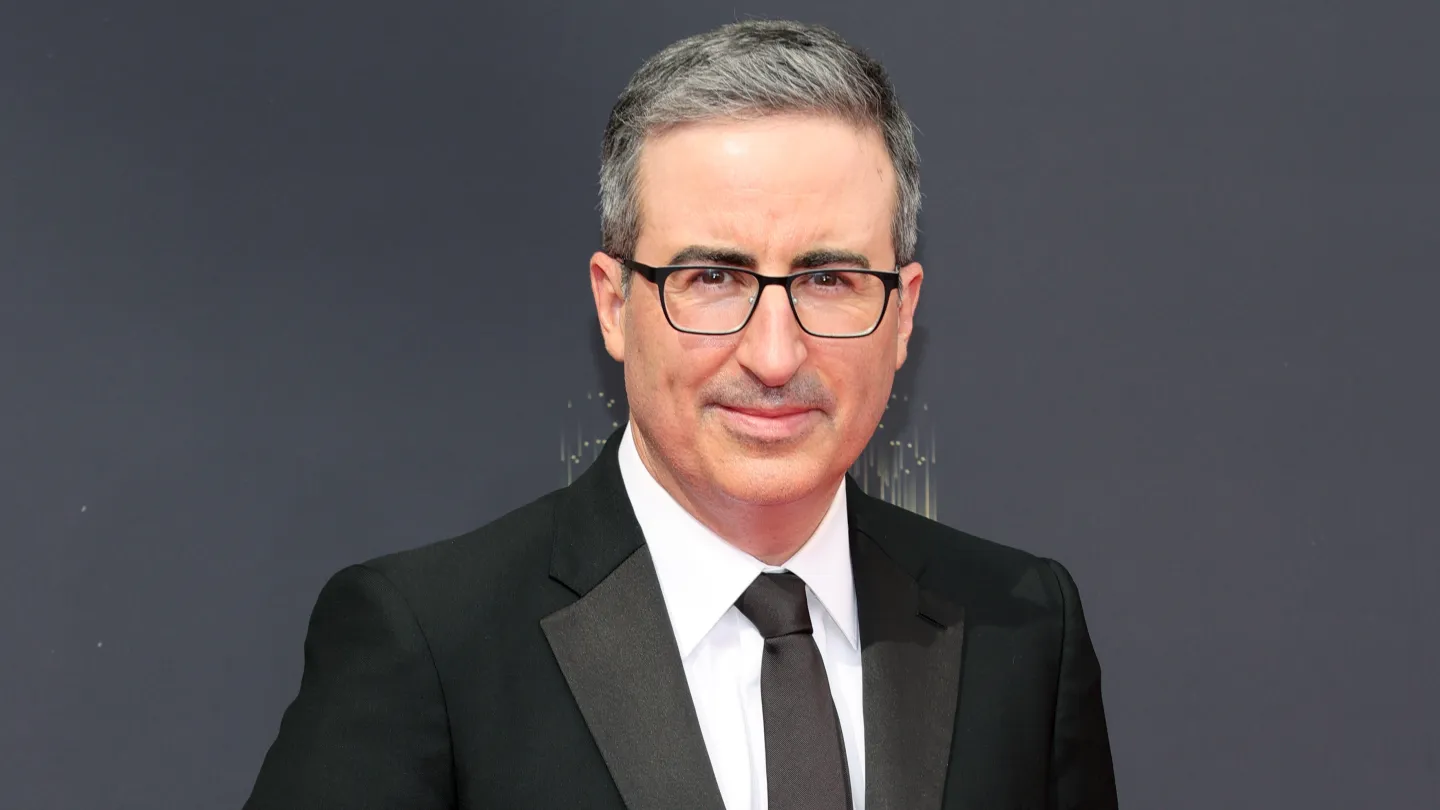Copyright scmp

The world’s two largest powers signalled at least 14 months of likely stability in US-China relations following a pivotal summit between Chinese President Xi Jinping and US President Donald Trump – and hinted they would meet “regularly”, setting the stage for more encounters next year. With a trade deal expected to be signed as soon as next week, Beijing and Washington reached a truce on thorny issues ranging from soybeans and rare earths to fentanyl during talks that highlighted the personal connection between the two leaders and struck a conciliatory tone for long-term ties. Minutes after the high-stakes meeting in South Korea, Trump told reporters on Thursday that both sides had agreed that he would visit China in April and that Xi was also expected to visit Palm Beach or Washington “some time after that”. Beijing’s official release later confirmed that Trump looked forward to visiting China “early next year” and that Xi had been invited to visit the US. “The two presidents agreed to maintain interactions on a regular basis,” said the Chinese statement issued by the state news agency Xinhua. According to the statement, Trump said that since China would host the Asia-Pacific Economic Cooperation (Apec) leaders’ gathering in 2026 and the US will host the Group of 20 summit later next year, Washington expected both “to be successful”. The two annual events would provide opportunities for the two heads of state to engage in person again, though attendance has yet to be confirmed. “Both sides agreed to support each other in striving for positive outcomes at both summits,” said a commentary published on Friday by the official People’s Daily in China. The article – written under the byline Zhong Sheng, a pseudonym meaning “Voice of the Centre” – claimed that the Xi-Trump meeting was widely viewed as sending a “positive” signal to the world, “injecting new momentum into the stable development of China-US relations”. “Positive interactions between the two countries on regional and world platforms are key to addressing the ever-emerging global challenges,” the article added, echoing Xi’s message to Trump during their conversation. Specific dates for the 2026 Apec summit have not been announced, but recent meetings have taken place in October or November, suggesting the possibility that the conference could serve as a platform for Trump to visit China again after April. Trump, however, skipped this year’s Apec leaders’ gathering in Gyeongju, South Korea, in a move reflecting his long-standing disdain for multilateral forums. Still, the America first president announced in September his plan to host the G20 leaders’ summit – reportedly scheduled for December 2026 – at his Doral golf club near Miami, after missing this year’s event in South Africa. It remained to be seen whether next year’s summit would coincide with a reciprocal visit by Xi to the other side of the Pacific Ocean or provide an opportunity for the Chinese leader to make multiple US trips next year. “I think the Chinese realised that with President Trump in office, it is an opportunity to reset the relationship in terms of mutual respect,” US Treasury Secretary Scott Bessent told FOX Business on Thursday in an interview after the bilateral summit. The two presidents were able to focus more on “bigger picture ideas” during their discussions, including what the remainder of Trump’s term would look like, Bessent added. The “next 14 months” could be consumed with preparations for Trump’s visit to China and Xi’s potential US trip for the G20 summit, according to Melanie Hart, senior director of the Washington-based Atlantic Council’s Global China Hub. “China’s biggest concern with Trump is his unpredictability, and they are using an extraordinary line-up of pre-scheduled 2026 meetings to box him in and force a degree of, if not quite predictability, at least plannability in US-China relations,” Hart said in a note on Thursday. “Trump’s planned visit to Beijing gives China the opportunity to script the next interaction and to press for a new wave of US concessions over the coming months to lay groundwork for a ‘good’ meeting,” she added. Still, that could herald a more frequent pattern of face-to-face engagement between Chinese and US leaders compared with Trump’s predecessor, Joe Biden. Partly disrupted by the Covid-19 pandemic and the balloon incident, the former president never visited China during his four-year term, meeting Xi only three times: in Indonesia in 2022, the United States in 2023 and Peru in 2024. Da Wei, director of Tsinghua University’s Centre for International Security and Strategy in Beijing, said that the Xi-Trump summit marked “a narrow but important opportunity” for the two countries to enter “a new phase” of bilateral relations. “The conditions are ripe for an inflection point in US-Chinese relations that could set a path towards a more stable and effective relationship,” he wrote in an article published in Foreign Affairs on Thursday. In a relationship characterised by “level-headed stability”, China and the US should regulate the intensity of the competition and establish clearer lines to demarcate where their economies and societies should interact and where they should be independent”, Da said. “The two countries also need to recalibrate their geopolitical relations in the Indo-Pacific,” he added, calling on Washington and Beijing to de-escalate tensions around Taiwan. Beijing sees Taiwan as part of China to be reunited by force if necessary. Most countries, including the US, do not recognise Taiwan as an independent state, but Washington is opposed to any attempt to take the self-governed island by force and is committed to supplying it with weapons.



